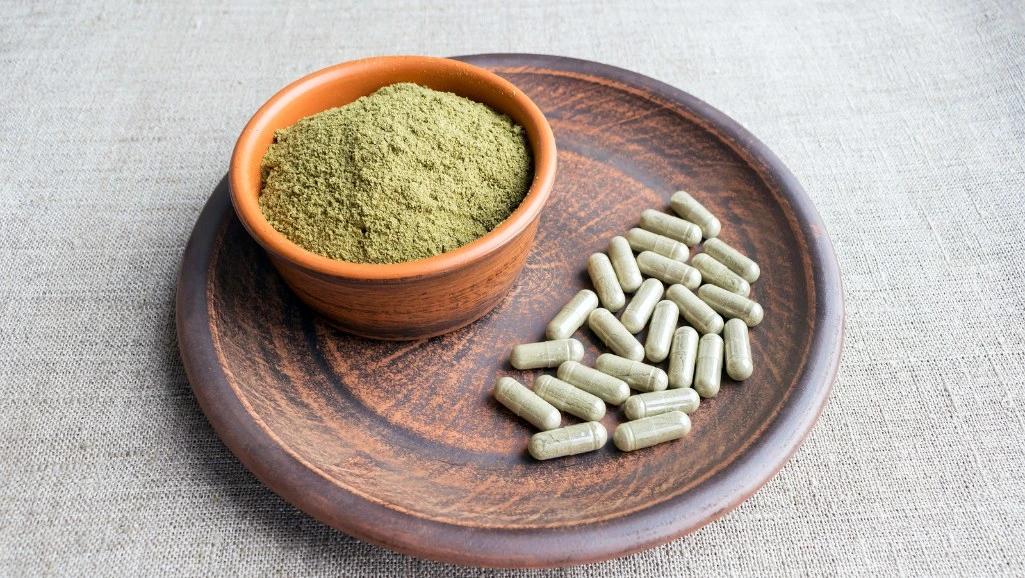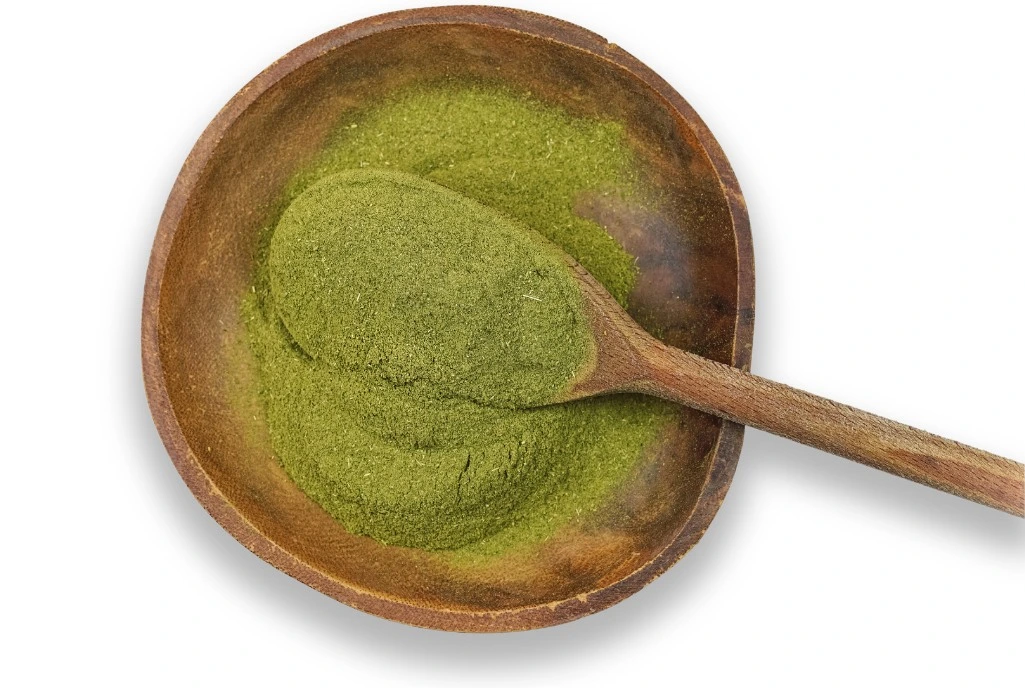Are you curious about what kratom is and how it’s used? This article provides a detailed look at this unique plant, its different forms, effects, and potential benefits. We’ll explore how kratom interacts with the body and mind, as well as the risks and considerations involved. Whether you're new to kratom or looking for more information, this guide will help you understand its role in modern wellness.

What Is Kratom?
Kratom is a tropical tree native to Southeast Asia, known for its leaves that contain compounds capable of influencing mood and energy levels. Traditionally used by local communities for centuries, kratom has gained global attention due to its diverse effects and applications. Today, it's available in various forms, including powders, capsules, and edibles, making it accessible to a wide range of users.
The effects of kratom can vary depending on the strain and dosage. It's typically categorized into three main types based on the color of the leaf veins: green, red, and white. Each type offers a distinct experience, from energizing to calming, making it a versatile option for those seeking natural support for their daily needs.
- Green kratom is often praised for its balanced effects, offering a mild boost in energy while also providing some relaxation and pain relief.
- Red kratom is known for its sedative properties, making it a popular choice for those dealing with chronic pain or sleep issues.
- White kratom is generally more stimulating, helping users feel more alert and focused, which makes it ideal for those needing an energy boost during the day.
With so many options available, it's important to choose the right form and strain based on your personal goals and preferences. Whether you're looking for pain relief, mood enhancement, or increased focus, there's likely a type of kratom that fits your needs.
How Does Kratom Work?
Kratom contains several alkaloids, including mitragynine and 7-hydroxymitragynine, which interact with the brain's opioid receptors. This interaction can lead to effects such as pain relief, mood improvement, and increased energy, depending on the dose and strain used.
Many users report that kratom helps manage chronic pain, especially when traditional medications are not effective. While scientific research is still ongoing, anecdotal evidence suggests that certain strains, particularly red and green varieties, may offer significant relief for those suffering from long-term discomfort.
In addition to pain relief, kratom is also used for mood enhancement. Some people find that it helps reduce anxiety and improve overall well-being, especially when using white or green strains. However, it's important to note that kratom is not a substitute for professional mental health care, and results can vary from person to person.
For those seeking a natural energy boost, white kratom is often the go-to choice. Its stimulant-like effects can help increase focus and productivity without the jitters commonly associated with caffeine or other stimulants.
If you prefer a more enjoyable way to consume kratom, our kratom edibles are a great option. They offer a convenient and tasty alternative to traditional powders, making it easier for users who don’t enjoy the taste of raw kratom.
While kratom has shown promise in various areas, it's not without controversy. The lack of extensive clinical studies means that its full effectiveness and safety profile are still being explored. As with any supplement, it's important to use kratom responsibly and consult with a healthcare professional if you have any concerns.
Important Precautions and Warnings
One of the key factors in safe kratom use is ensuring the quality and purity of the product. Since regulations vary by region, it's essential to source kratom from reputable suppliers to avoid contamination and ensure consistent potency.
Most people tolerate kratom well, but some may experience mild side effects like nausea or loss of appetite. Higher doses can lead to more intense reactions, so it's important to start with a low amount and monitor how your body responds.
Pregnant or nursing individuals should avoid kratom due to limited research on its safety in these groups. Similarly, those with pre-existing medical conditions or taking other medications should consult a doctor before using kratom to avoid potential interactions.
When used responsibly and under guidance, kratom can be a valuable part of a wellness routine. However, it's crucial to stay informed and make educated decisions about its use.

Kratom Use Insights: Understanding Risks and Trends
As kratom continues to gain popularity, understanding its usage patterns and potential risks becomes increasingly important. Recent data highlights the complex relationship between kratom and substance use, revealing both its benefits and challenges.
According to statistics, kratom was involved in a small percentage of fatal overdoses between 2016 and 2017. Specifically, it contributed to 0.5% of all overdose cases, with only 0.02% attributed solely to kratom. In comparison, substances like heroin were responsible for around 33% of these incidents, showing that kratom is relatively safer in terms of overdose risk.
Notably, most kratom-related overdoses involve the misuse of other drugs. Approximately 80% of adults who reported kratom overdoses also had issues with other substances, and fentanyl was linked to over 65% of these cases. This highlights the importance of addressing broader substance use patterns when considering kratom's role in addiction and overdose.
In 2020, about 1.8 million adults aged 26 or older misused kratom. However, it's worth noting that not all kratom users experience abuse or negative outcomes. The risk tends to be higher among individuals already struggling with substance use disorders. Additionally, males are three times more likely to die from kratom-related incidents than females.
Pharmacologically, kratom may interact with enzymes like CYP 3A4 and 2D6, though the clinical significance of these interactions is not yet fully understood. Variability in product composition further complicates the interpretation of these findings.
Despite long-term use, Substance Use Disorder (SUD) is rare among kratom users. Only around 2% of users develop SUD, compared to 23% of heroin users. This suggests that kratom has a lower risk of addiction, although caution is still advised, especially in combination with other substances.
Overall, while kratom can pose risks, especially when misused or combined with other drugs, its overall risk profile remains relatively low. Healthcare professionals should remain cautious and provide informed guidance to patients considering kratom as part of their treatment plan.
Natural Wellness Potential and Growing Popularity
Kratom is gaining recognition as a natural remedy with a wide range of benefits. From pain relief to mood enhancement, it offers a versatile solution for many individuals seeking alternatives to conventional treatments. Here are some key reasons why kratom is becoming more popular:
- Wide Range of Benefits: Kratom comes in various forms, including powder, capsules, tablets, and edibles, each offering unique advantages. Users often report improved pain management and better emotional well-being.
- Natural and Holistic Approach: As a natural product, kratom appeals to those looking for holistic health solutions. Its ability to interact with the body’s opioid receptors without the same level of addiction risk as traditional opioids makes it an attractive option.
- Growing Popularity and Acceptance: The increasing number of users indicates a growing acceptance of kratom’s benefits. Many people now view it as a valuable part of their wellness routines.
- Responsible Usage: When used wisely, kratom can be safe and effective. Side effects and abuse are less common when users approach it with care and awareness.
- Commitment to Quality: High-quality kratom products ensure a better user experience. With ongoing research and education, kratom’s role in health and wellness continues to evolve positively.
In summary, kratom presents a promising natural option for various wellness goals. Its potential in enhancing well-being and managing different conditions makes it a valuable addition to the natural health landscape. As awareness grows and research expands, kratom’s role in promoting health and wellness is increasingly recognized, making it a choice worth considering for those seeking natural remedies. Additionally, it’s important for individuals to do their own research and choose high-quality kratom products to ensure they benefit safely and effectively.
Â
Dominik, Kratomit
Â
Sources:
- Kratom Statistics: Facts & Figures Regarding This Popular Medicinal Herb
- Kratom: History, Pharmacology, Current User Trends, Adverse Health Effects, and Potential Benefits
- Clinical Pharmacology of the Dietary Supplement Kratom (Mitragyna speciosa)
Fresh Half Shell Mussel Meat,Half Shell Mussel Meat,Frozen Cooked Mussel Meat,Frozen Mussel
Shengsi Xiangyuan Aquatic Products Co.,Ltd., , https://www.mytilus-edulis.com